Hello guys,
I have a type of diatom that I cannot identify. Since I can't identify it, I don't know what triggers it or what it needs to survive.
From what I have observed, snails and Scopas fish do not even look at it.
I attach photos taken under the microscope, I think it must be some kind of Striatella.... but it looks different from those I have found, for example Striatella Unipunctata. It looks like one but it is not.
More importantly, how to eradicate it, any experience with it?
Thanks and regards!
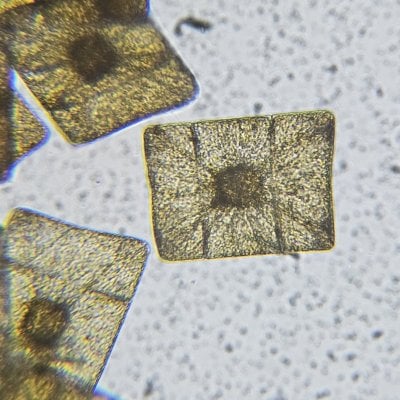
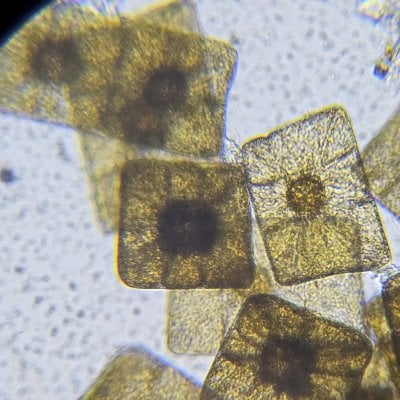
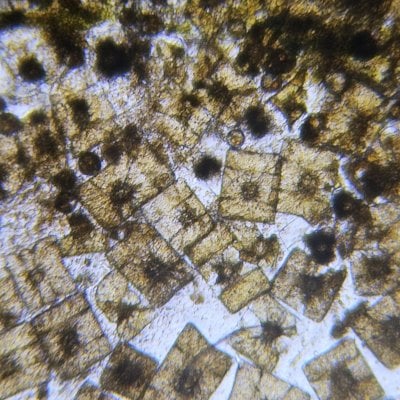
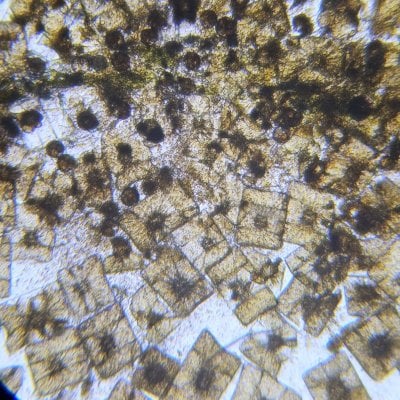
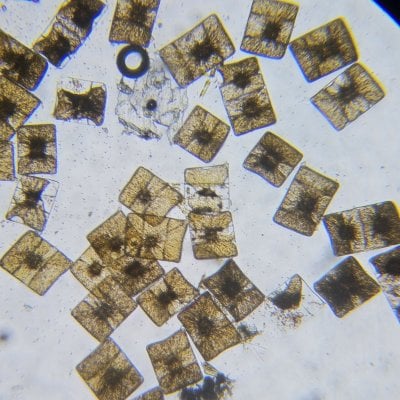
I have a type of diatom that I cannot identify. Since I can't identify it, I don't know what triggers it or what it needs to survive.
From what I have observed, snails and Scopas fish do not even look at it.
I attach photos taken under the microscope, I think it must be some kind of Striatella.... but it looks different from those I have found, for example Striatella Unipunctata. It looks like one but it is not.
More importantly, how to eradicate it, any experience with it?
Thanks and regards!




















